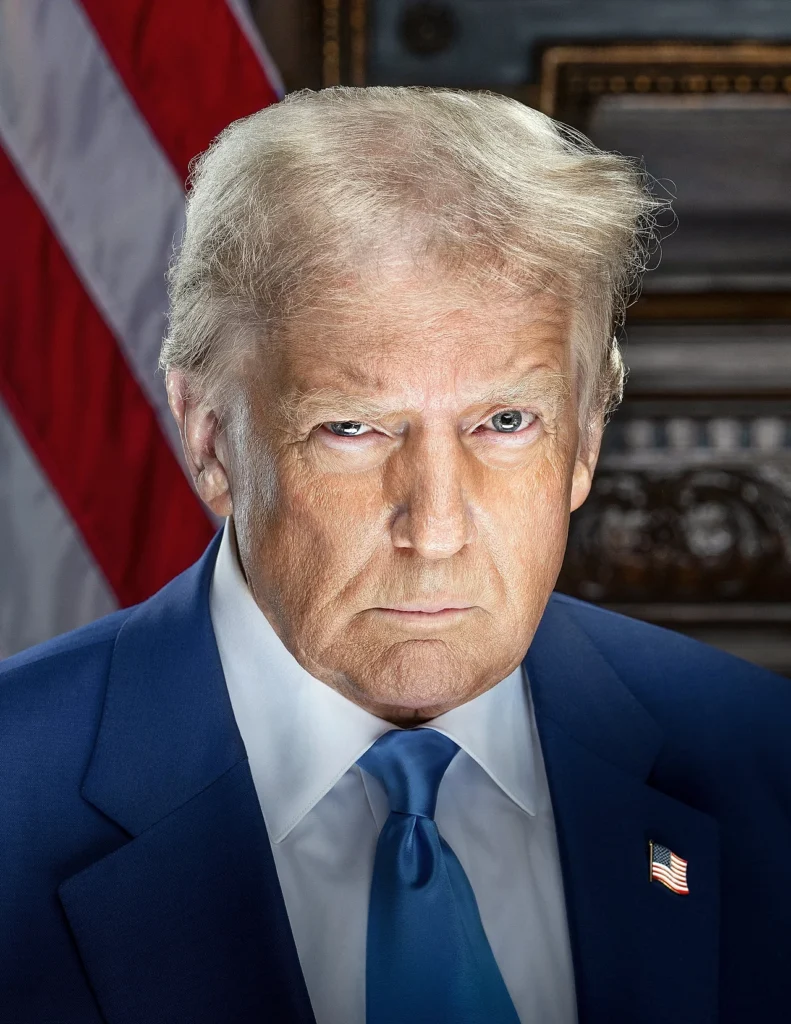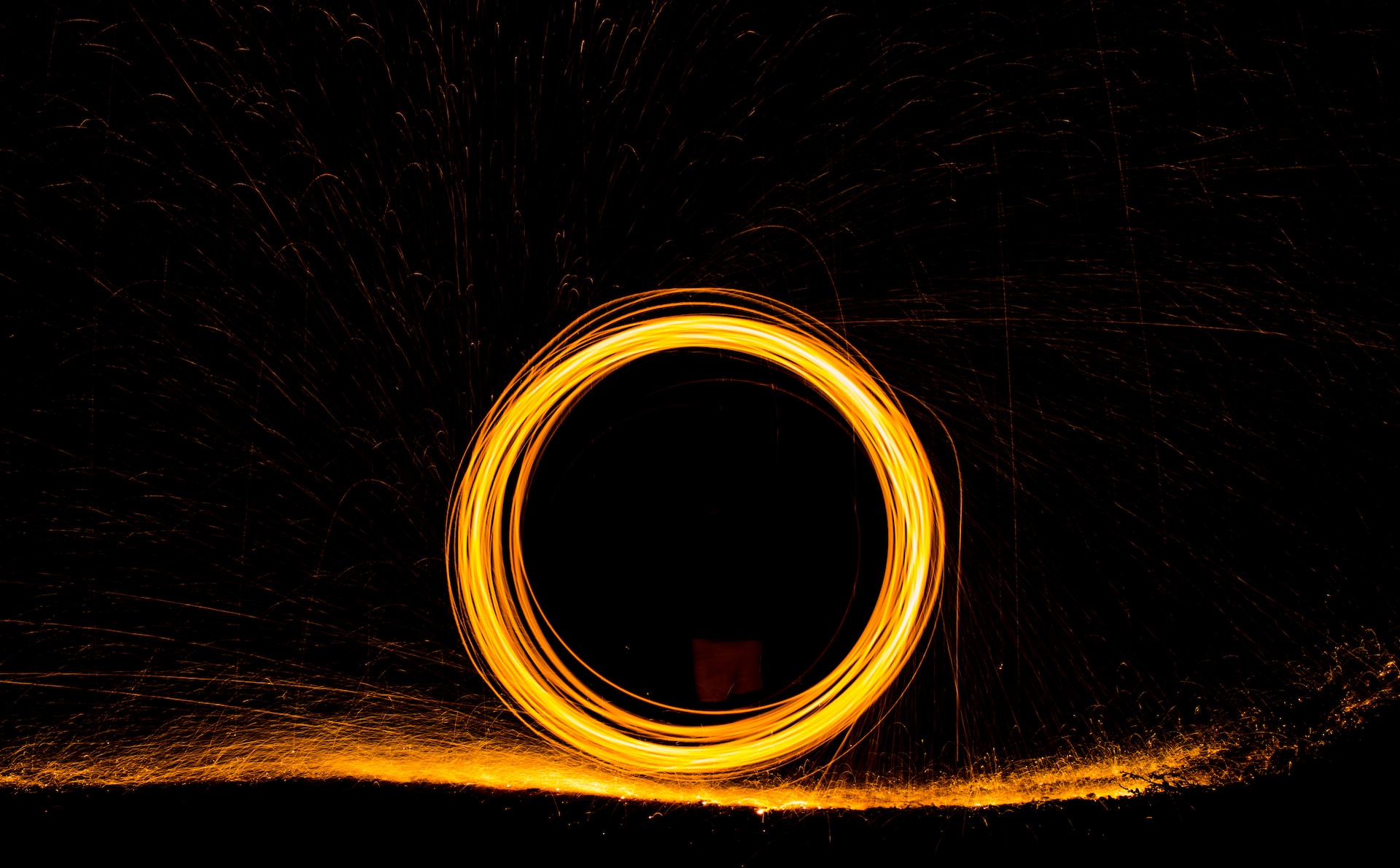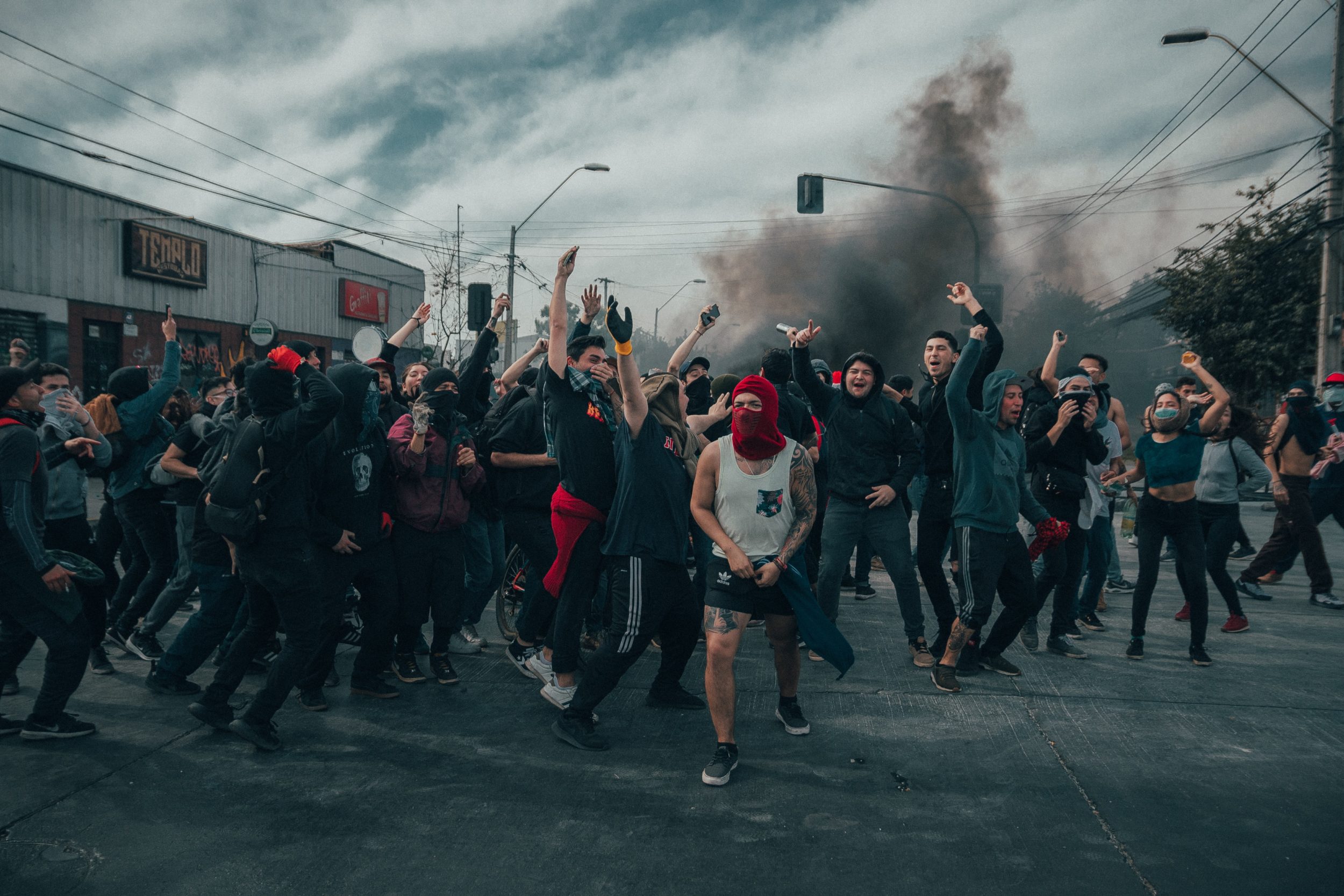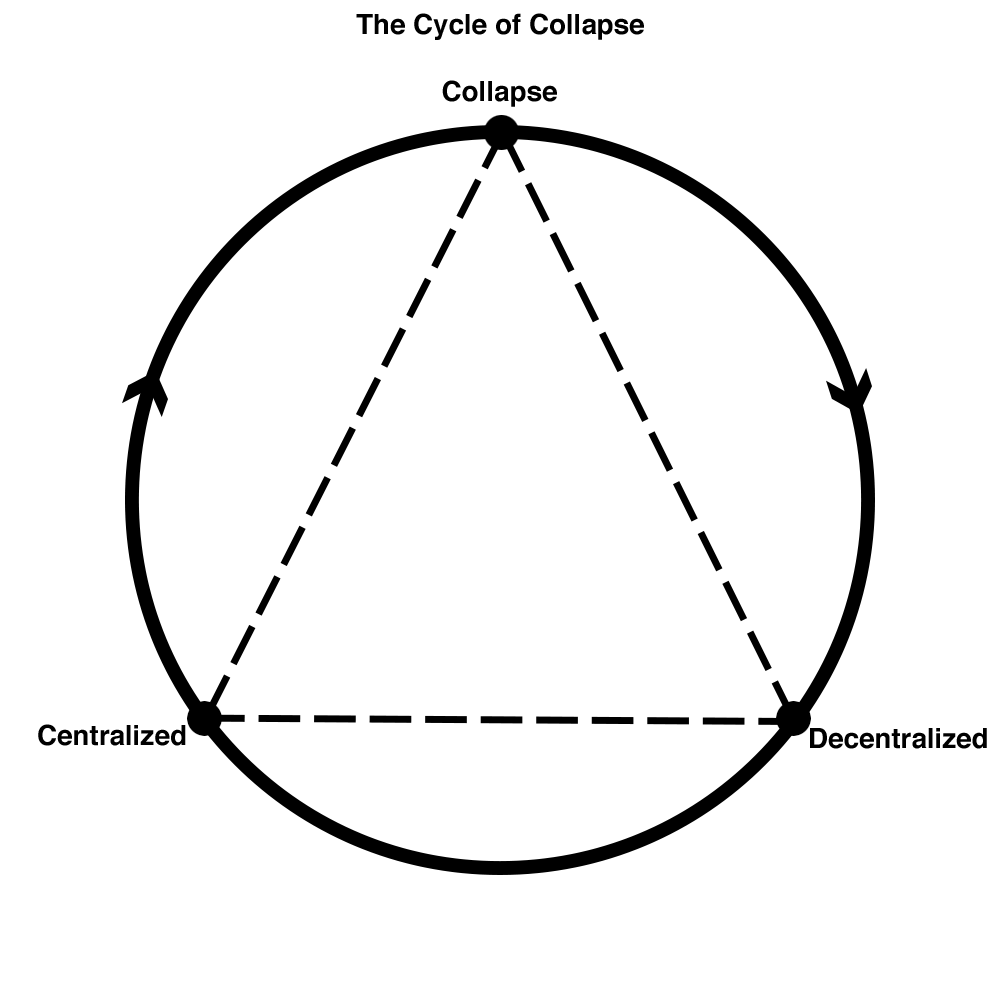Most Recent News


Popular News



We discuss an important topic today: a modernized view of anacyclosis and how to understand the cycle of regime change.
You could say we’ve discussed anacyclosis once or twice on this website before:
And we’ve made our own reforms and changes to the theory of anacyclosis.
But why?
The initial theory states:
The cycle of regime change
We begin with a monarchy, which is a positive form of rule by one. This could be a benevolent leadership with a king/despot that truly cares about his/her constituents and seeks out their best interests.
This descends into tyranny, which is a negative form of rule by one. Perhaps the child of the monarch is a tyrant. He only seeks power and control. The people despise this rule.
Eventually this regime is overthrown and an aristocracy forms, which is a positive form of the rule by few. An example would be a band of rebels that get together to overthrow the tyrant and then usher in an era of peace and prosperity.
However, as the hands of power change over time, this degrades into an oligarchy, which is a negative form of the rule by few. This occurs when the “few” seek power, wealth, and privilege above the average citizens.
Over time the people tire of this oligarchical control and revolt for democracy, a positive form of the rule by all. The oligarchs lose control and the people themselves determine the laws and assume the control.
Yet again, this degenerates. After democracy we witness Ochlocracy, which is a negative form of the rule by all. This is better known as “mob rule”. This is when the mob seizes control and ignore the previous laws, culture, and democratic institutions that ushered in their original freedom.
As mob rule continues to disintegrate, a strong man enters to seize control. Thus ushering in monarchy and bringing us to the beginning of this list.
This theory has held the test of time for many centuries. However, it isn’t perfect. We know more about the cycle and its effects now in the modern era. It needs modern adjustments.
Consider the modern US as an example:
As you can tell, we went from the democratic regimes back to the aristocratic regimes, only to return again rather rapidly to mob rule.
Obviously, no country would follow a path in a strict linear fashion for eternity. Differences are bound to occur. But the general theme and direction is held intact. We start with rule by one, go to rule by few, proceed to rule by many, then go back to rule by one.
However, in the modern era that system has changed. Now, it is not just governments that have the sole monopoly on power. Instead, external actors can exert centralization influence as well.
Consider financial elites, cultural elites, and the mob for example. All desire more centralization for themselves, but they are not government. In modern times, the government is not the only centralization threat.
So, we tweak this theory to include the historical lessons learned on how the regimes degrade in the modern times.
When we consider the new actors present in the modern ages we can see the cycle much clearer:

(Please note that this diagram is only applicable to republic regimes, so the republic/democracy stage and the mob rule stage. We are not as interested in rule by one or few by few as they are not salvageable long-term anyway).
We’ve already addressed how this cycle works here. In short, it explains how each individual regime deteriorates:
Thus, anacyclosis describes the cycle of regime change over time.
Whereas the cycle of collapse describes how each independent regime degrades over time.
(We have only discussed the cycle of collapse for only the republic form here.)
They are both are useful in understanding where we are and where we are heading.
For example, in our US example above we ended with:
We are entering the mob rule stage (negative form / rule by democracy)
Which is the degenerative centralized stage of the cycle of collapse and the ochlocracy regime of anacyclosis.
Next up, the violence of tyranny. And collapse.
And after democracy, the rule of one tends to return.
Related Articles:
Justification For The Diversion: Why We Need A New Government
Our Choice In Governmental Systems Is Severely Lacking
Capitalism Is Failing Us. Socialism Has Already Failed Us. What Now?
If you enjoyed this article, bookmark the website and check back often for new content. New articles most weekdays.
You can also keep up with my writing by joining my monthly newsletter.
Help fight the censorship – Share this article!

(Learn More About The Dominion Newsletter Here)